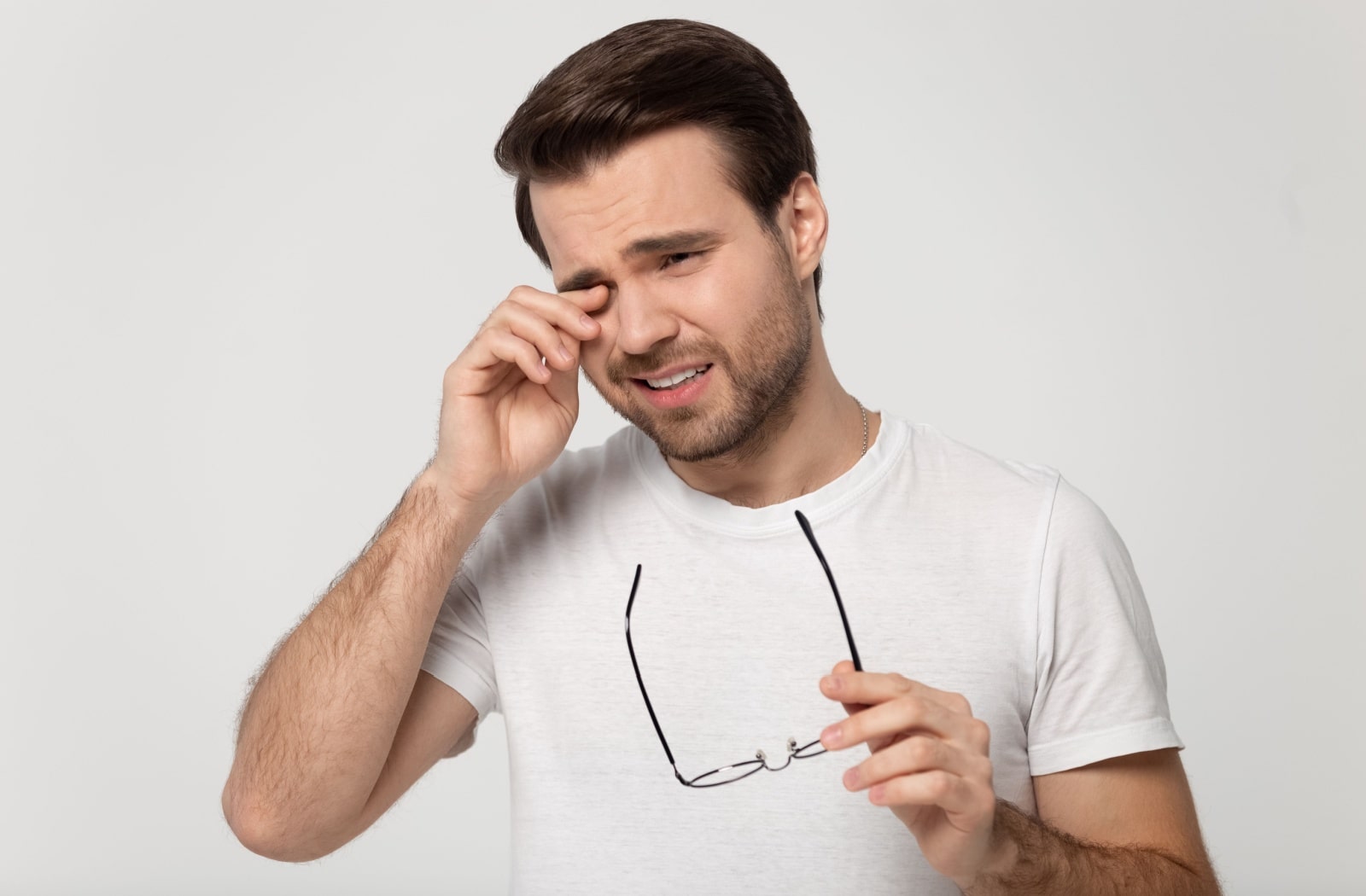Dry eye syndrome is a common and often frustrating condition that affects millions of people worldwide. It can affect anyone, however, certain factors increase your risk of developing this condition including wearing eye makeup daily, improperly using contact lenses, and prolonged screen time.
Characterized by insufficient or poor-quality tears, dry eye syndrome can lead to discomfort and visual disturbances, and can significantly impact quality of life. Traditional treatments range from prescription medications to artificial tears, but recent advancements have introduced a new and promising therapy: Intense Pulsed Light (IPL).
IPL therapy uses light pulses from a device to treat the skin around the eyes. By reducing inflammation in the eye’s blood vessels, it can reduce dry eye symptoms.
This blog explores the mechanisms, benefits, and considerations of IPL therapy for dry eye.
What Is IPL Therapy?
Cynosure’s Icon IPL System is a technology that uses intense pulsed light therapy (IPL) to improve various conditions such as rosacea, pigmentation, scars, and acne. It is also a very gentle and effective way of treating dry eye symptoms.
IPL uses a broad spectrum of light wavelengths to penetrate the skin and target blood vessels or pigmented cells. It penetrates the second layer of skin, where it is then absorbed and converted into heat. The heat will help loosen blockages and soften up the oils in the meibomian gland.
In the context of dry eye, IPL therapy is adapted to address the underlying issues contributing to the condition, particularly those involving the meibomian glands.
The Role of Meibomian Glands in Dry Eye
Meibomian glands are tiny oil glands located along the edge of the eyelids where the eyelashes are found. They secrete oils into the tear film, which helps prevent the rapid evaporation of tears.
Dysfunction of these glands, known as Meibomian Gland Dysfunction (MGD), is a leading cause of evaporative dry eye. When these glands are blocked or not functioning properly, the tear film becomes unstable, which then leads to dry eye symptoms.
These meibomian glands make an oil called meibom. Meibom, water, and mucus form the three layers of tear film—the fluid that keeps your eyes moist. MGD happens due to changes in the amount or quality of oil, or the glands themselves.
How IPL Therapy Works for Dry Eye
IPL therapy targets the abnormal blood vessels that contribute to inflammation and meibomian gland dysfunction. IPL is similar to a laser eye treatment, however, a laser focuses on just one wavelength of light, while IPL releases light of many wavelengths. The treatment involves the following steps:
- Preparation: The area around the eyes is cleaned, and protective shields are placed over the eyes.
- Application: A cooling gel is applied to the treatment area. The IPL device emits pulses of light, which are directed at the skin around the eyelids.
- Absorption: The light energy is absorbed by the blood vessels, causing them to coagulate and reduce inflammation. This, in turn, helps to normalize the function of the meibomian glands.
The procedure is relatively quick, usually taking about 20-30 minutes, and is typically performed in a series of sessions spaced a few weeks apart.
Benefits of IPL Therapy for Dry Eye
IPL therapy offers several advantages over traditional treatments:
- Reduction of Inflammation: By targeting the blood vessels that contribute to inflammation, IPL can significantly reduce the inflammatory response that exacerbates dry eye symptoms.
- Improved Meibomian Gland Function: IPL helps to restore the normal function of the meibomian glands, leading to a more stable tear film and reduced evaporation of tears.
- Long-lasting Relief: Patients often experience prolonged relief from dry eye symptoms after completing the recommended series of IPL treatments,
- Non-invasive and Safe: IPL is a non-invasive procedure with a good safety profile, making it suitable for those who do not respond well to conventional therapies.
Considerations & Potential Side Effects
While IPL therapy is generally safe, there are some considerations and potential side effects to be aware of:
- Skin Type: IPL is most effective on lighter skin tones. Patients with darker skin may be at higher risk of hyperpigmentation or other skin changes.
- Side Effects: Common side effects include mild discomfort during the procedure, redness, and swelling in the treated area. These usually resolve within a few hours or a few days.
- Contraindications: IPL may not be suitable for individuals with certain conditions or those who are pregnant. A thorough consultation with one of our eye care professionals is essential to determine candidacy.
The Future of IPL Therapy for Dry Eye Management
The use of IPL for dry eye is still evolving, with ongoing research aimed at optimizing treatment protocols and understanding long-term benefits. As more eye care professionals adopt this technology, patient access to IPL therapy is likely to increase.
Achieve Lasting Relief from Dry Eyes with IPL Therapy
IPL therapy is a great treatment offering significant relief for those suffering from dry eyes, particularly those with meibomian gland dysfunction. Its ability to reduce inflammation and improve gland function offers a new avenue for patients seeking relief from chronic dry eye symptoms.
At Arc Eye Care, we are committed to providing the most effective solutions to enhance your eye health. Booking a consultation will help determine the best treatment option for your dry eye symptoms and if IPL therapy is right for you.
With continued advancements and increasing clinical adoption, IPL therapy is poised to become a mainstay in dry eye treatment protocols, offering help and relief to many suffering from this debilitating condition. Schedule your consultation today and take the first step towards healthier, more comfortable eyes.


